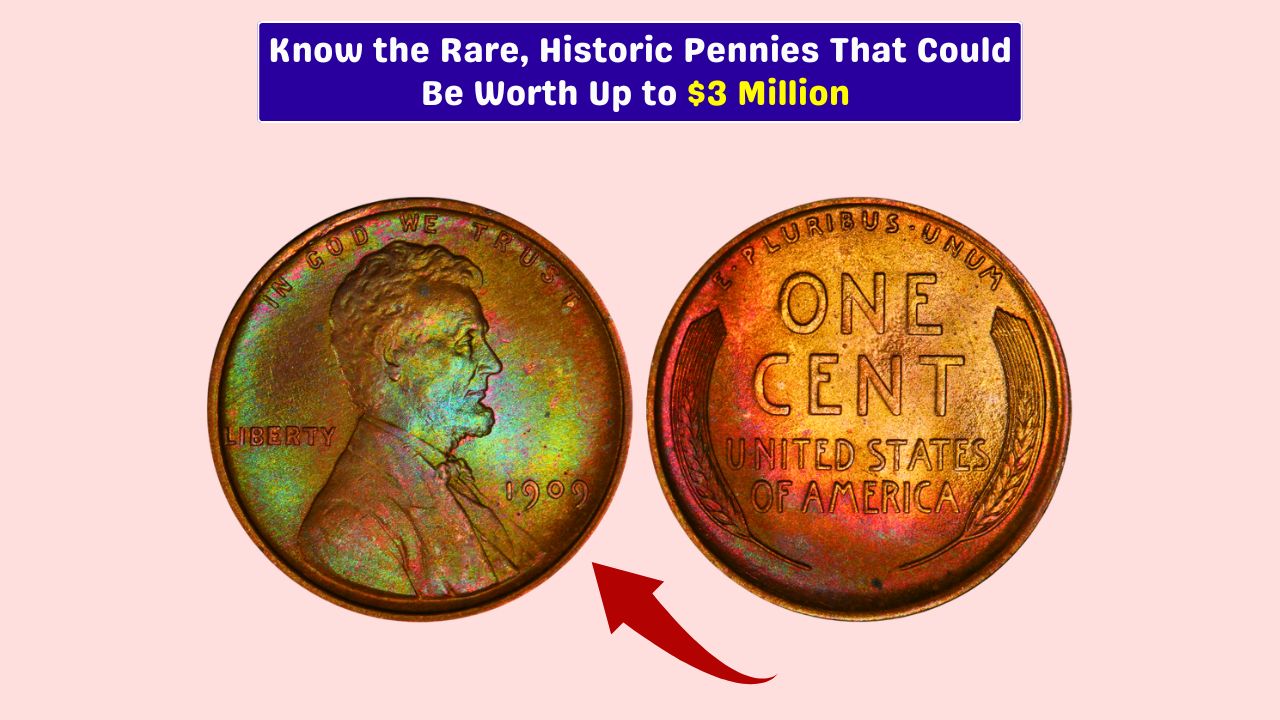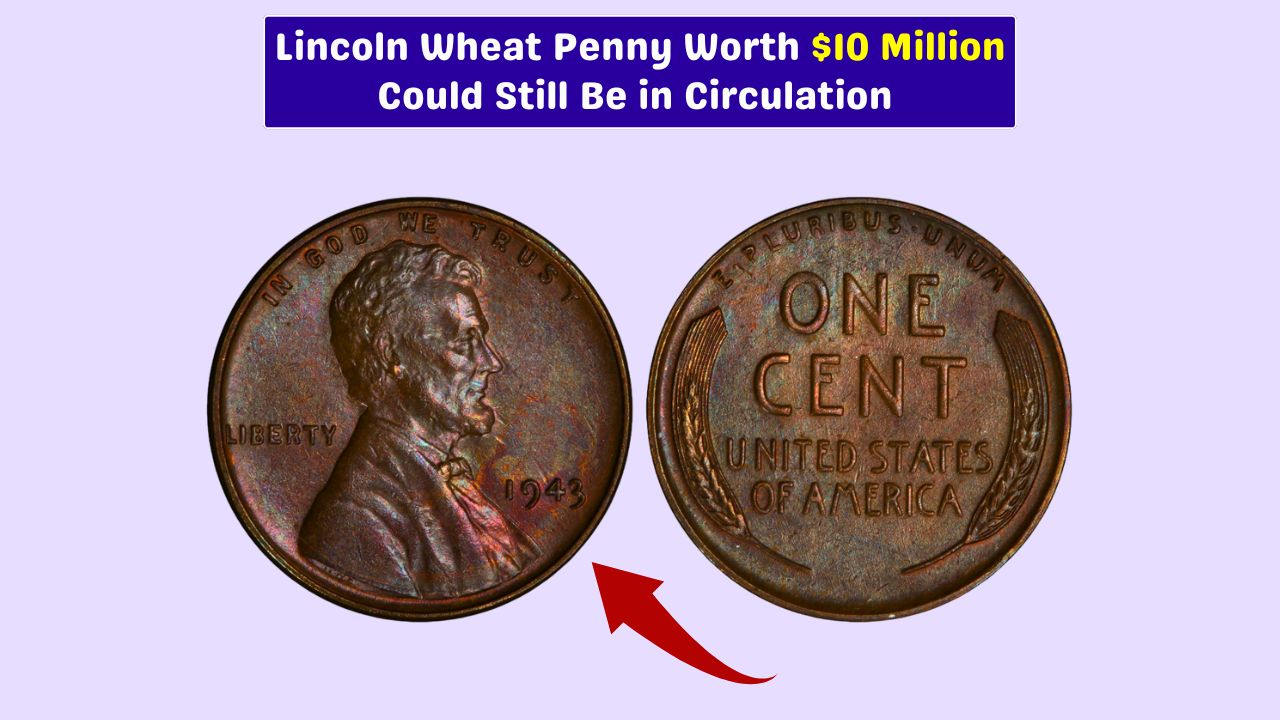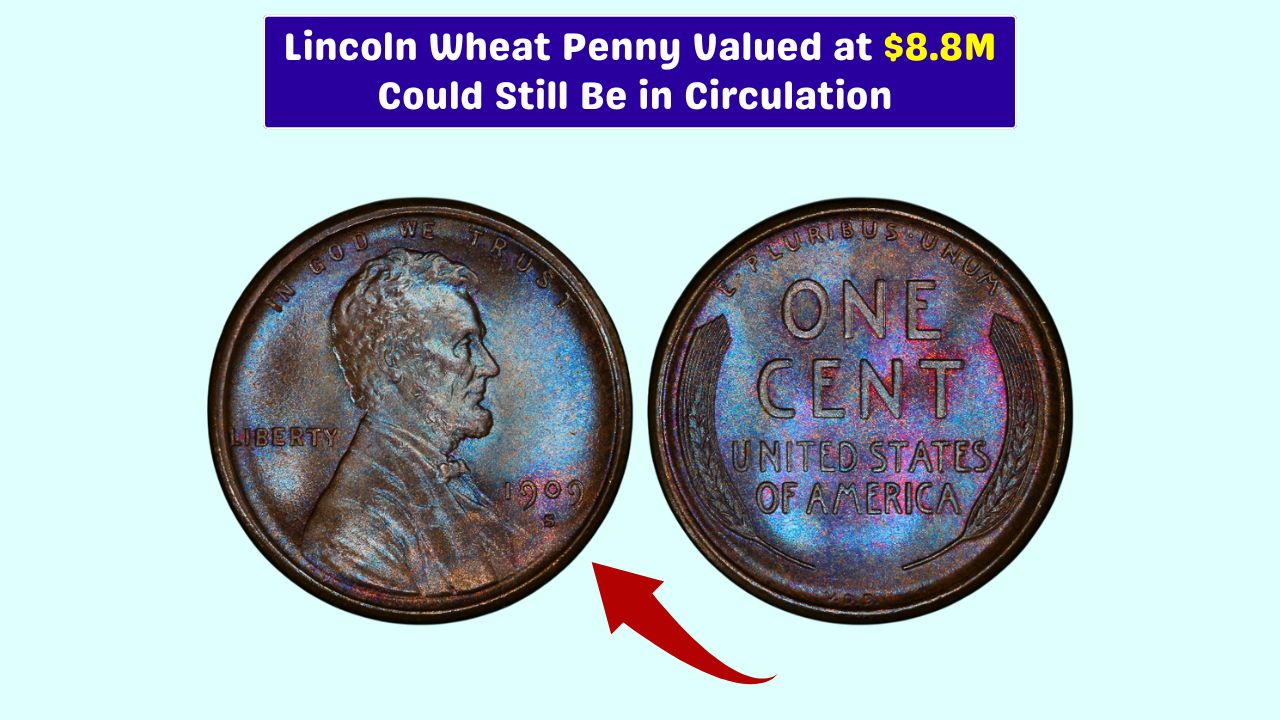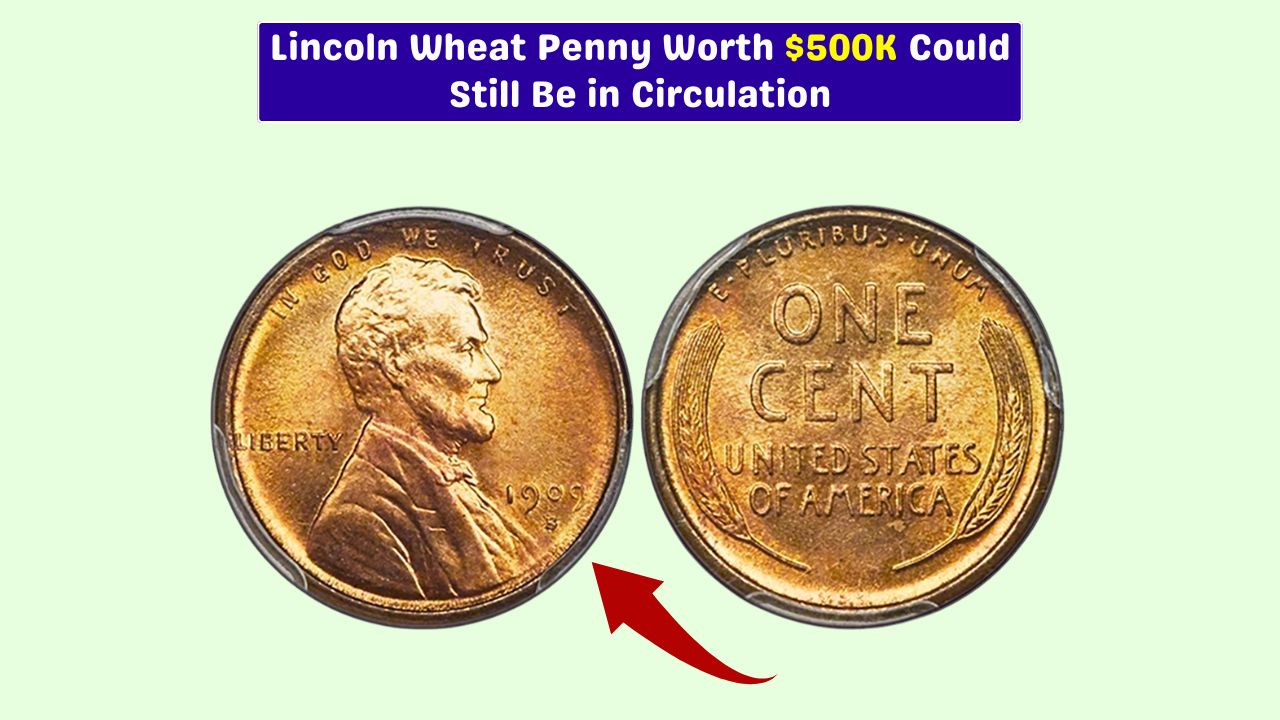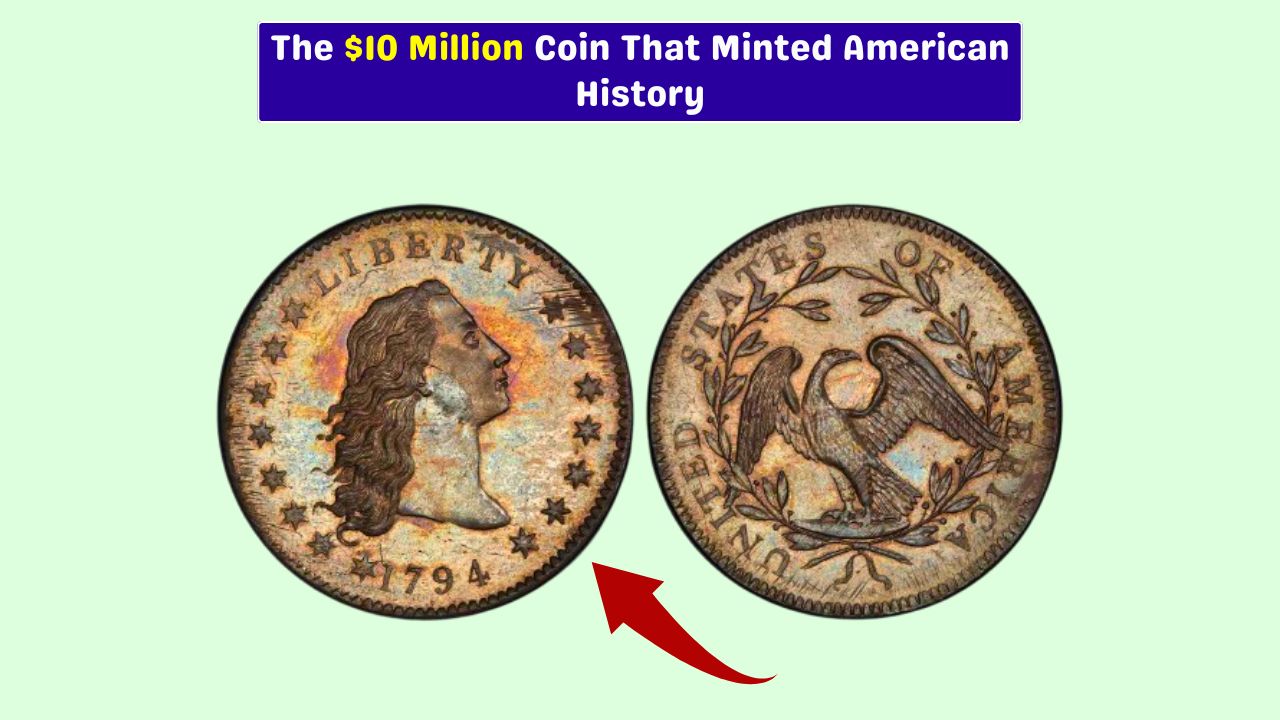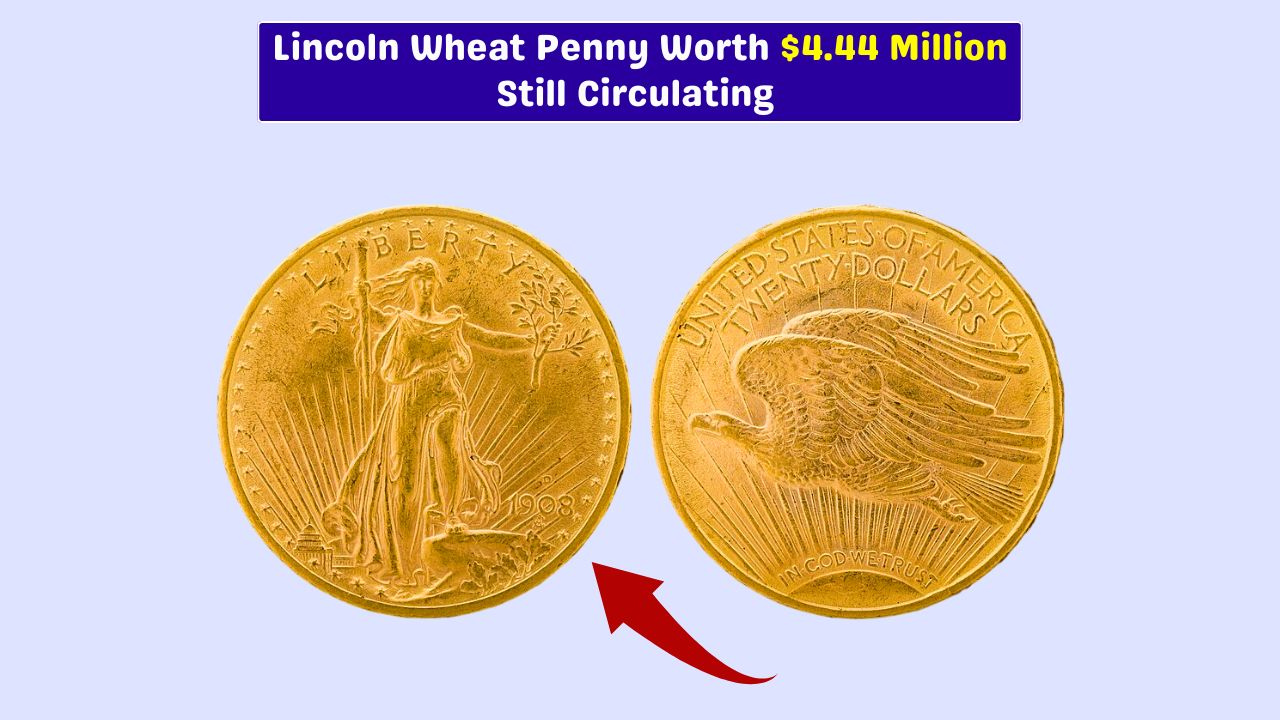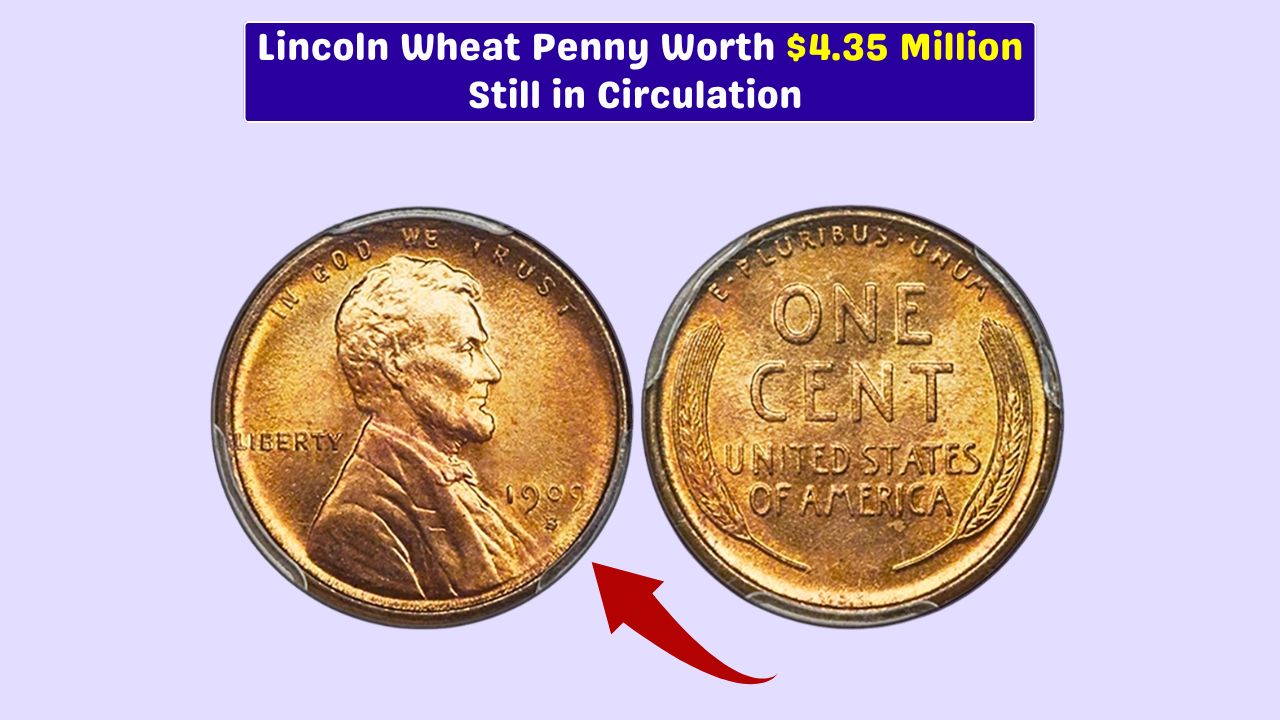The Lincoln Wheat Penny isn’t just another piece of pocket change—it’s a small, copper gateway into American history that, in some cases, is worth an eye-popping fortune.
First minted in 1909 to celebrate the 100th anniversary of Abraham Lincoln’s birth, it marked a milestone in U.S. coin design: for the first time, a real person—rather than a symbolic figure—appeared on American currency.
But what really elevates these modest coins into collectors’ treasures? Let’s take a closer look at their backstory, value, and the quirks that make the Lincoln Wheat Penny an icon in numismatics.
Origins
When the Lincoln Wheat Penny debuted in 1909, it featured a straightforward but meaningful design: Lincoln’s face on the front, and a pair of wheat stalks on the back. This imagery honored both America’s agrarian roots and its revered 16th president.
The coin was minted until 1958, after which the reverse was updated with the Lincoln Memorial. Even though the look changed, the Wheat Penny had already cemented its place in U.S. coin lore and remains a nostalgic favorite for collectors.
Value
Not all Wheat Pennies are created equal. While many are worth only a bit more than face value, a select few are considered numismatic goldmines. Condition, rarity, and demand all play a role.
Coins like the elusive 1909-S VDB or the accidental 1943 copper penny have fetched jaw-dropping sums—one 1943 copper example even sold for over $3.3 million at auction, securing its place in the record books.
Errors
Among all the quirks in the series, the most legendary mistake is the 1943 copper penny. During WWII, copper was too vital for the war effort, so the Mint switched to steel pennies that gleamed silver.
Yet, a few copper blanks from 1942 somehow slipped through the cracks and got struck with the 1943 date. The result? A coin so rare, collectors treat it like buried treasure.
These copper 1943s weren’t supposed to exist, making them extraordinarily desirable. Most 1943 pennies are steel, so if you come across one that’s copper-colored, it could be something extraordinary. Only a handful are known to exist, and in top condition, they can command seven figures.
Dealers
Thinking about selling or getting a penny appraised? It’s smart to turn to a reputable coin dealer. Across the country, several states are known for specialized numismatic services:
| State | Service |
|---|---|
| Arkansas | Coin Sales & Appraisal |
| Alaska | Rare Coin Evaluation |
| Arizona | Certified Coin Dealers |
| Pennsylvania | Numismatic Services |
| Oregon | Gold & Silver Coins |
| New York | Antique Coin Buyers |
| Kentucky | Estate Coin Appraisals |
| North Carolina | Coin Grading & Sales |
| Massachusetts | Historical Coin Dealers |
Identification
To see if your Wheat Penny might be something special, start with the basics: check the date and mintmark. Standout years include 1909, 1914, 1922, and especially 1943.
Mintmarks like “S” (San Francisco) and “D” (Denver) often boost a coin’s value. Condition matters too—coins that are crisp and clean fetch far more than those worn by decades in circulation.
Also, inspect your coin for unusual features. Minting errors—like double strikes, off-center designs, or die cracks—can dramatically increase a penny’s value. Even subtle flaws can catch a collector’s eye and raise the price.
Market
The appetite for rare coins keeps growing, and recent auctions reflect that trend. In 2024, top sellers included a 1652 NE Threepence that brought in $2.52 million and an 1870-CC Liberty Head Double Eagle that sold for $1.44 million.
These sales show just how vibrant and valuable the numismatic world remains, especially for coins that combine rarity with rich history.
| Rank | Coin Description | Price (USD) |
|---|---|---|
| 1 | 1652 NE Threepence | $2,520,000 |
| 2 | 1870-CC Liberty Head Double Eagle | $1,440,000 |
| 3 | 1850 Baldwin & Co. $10 | $1,260,000 |
| 4 | 1855 $50 Kellogg & Co. | $1,260,000 |
| 5 | 1860 $5 Large Planchet Half Eagle | $1,140,000 |
Even though the Lincoln Wheat Penny is no longer in production, its legacy endures. With its timeless design, historical significance, and the ever-present thrill of observing a rare variant, it continues to capture imaginations.
Whether you’re an avid collector or just checking your change for hidden gems, this coin proves that even a single cent can hold a story worth a million bucks.
FAQs
Why is the 1943 penny special?
It’s made of copper by mistake during a steel-only mint year.
Are Wheat Pennies still in circulation?
Yes, you can still find them in old jars or spare change.
What’s the most valuable Wheat Penny?
The 1943 copper penny, worth over $3 million.
How can I tell if my penny is rare?
Check the year, mintmark, and look for minting errors.
Can I sell a rare penny myself?
Yes, through dealers, auctions, or online marketplaces.
